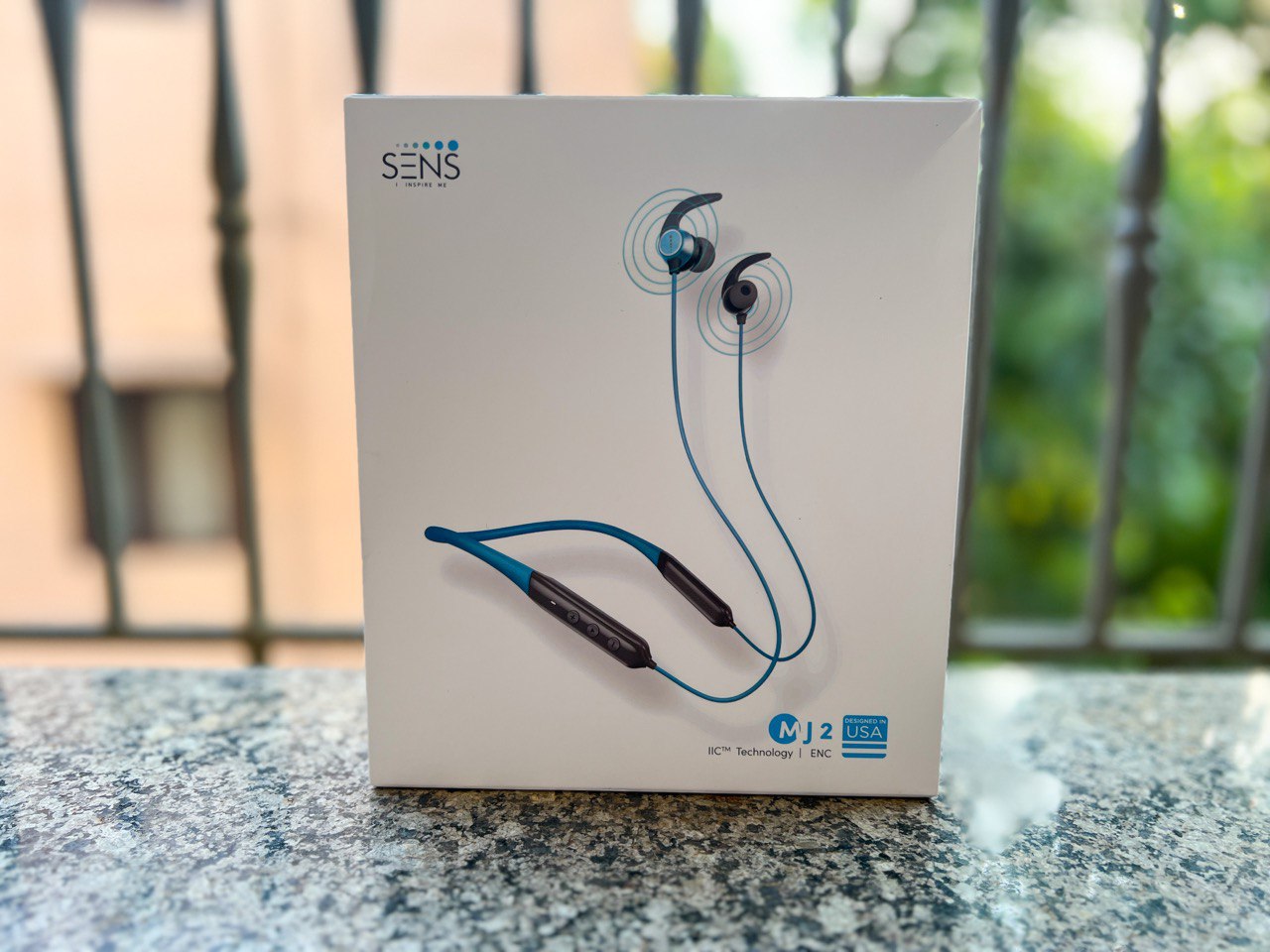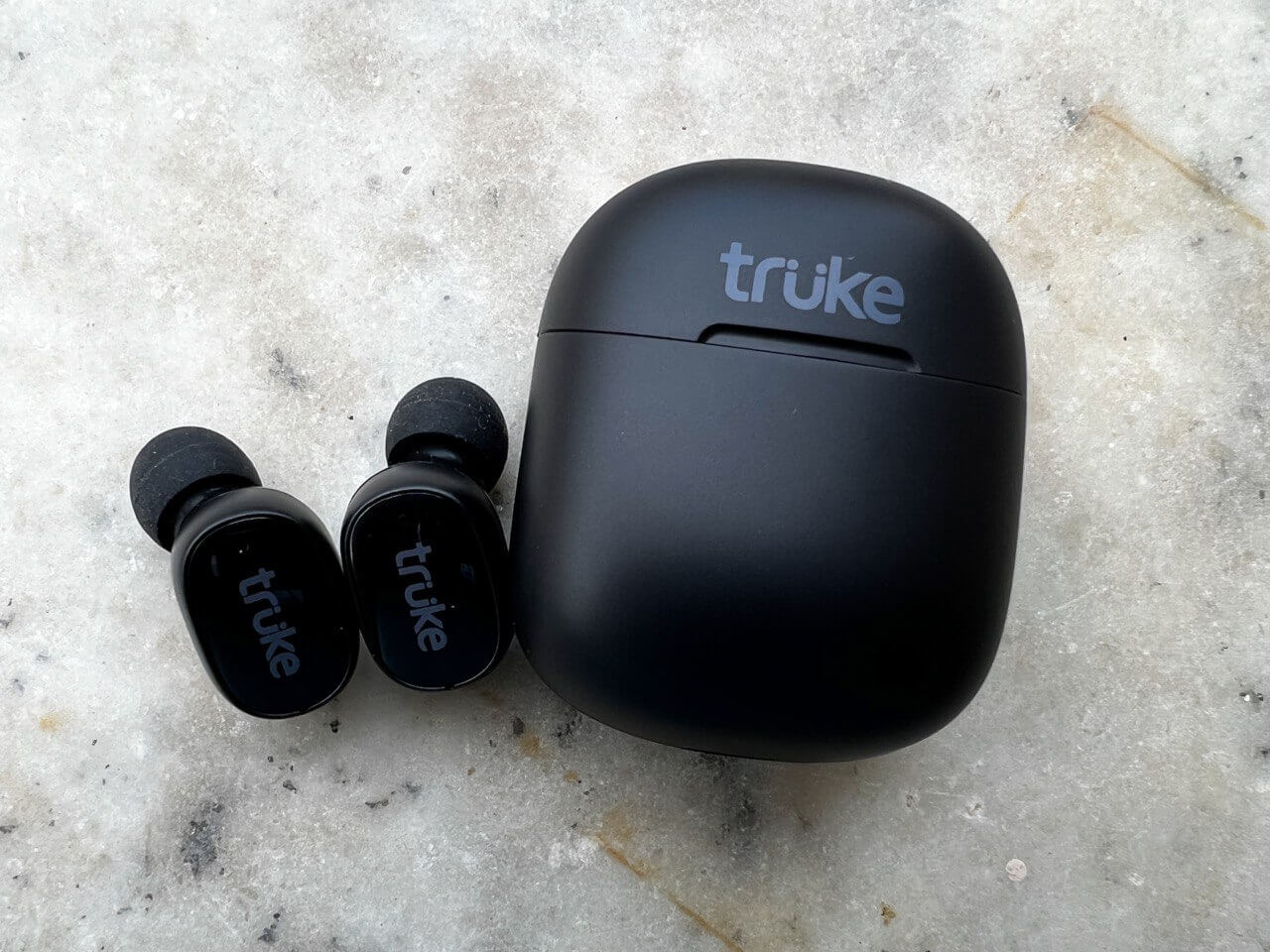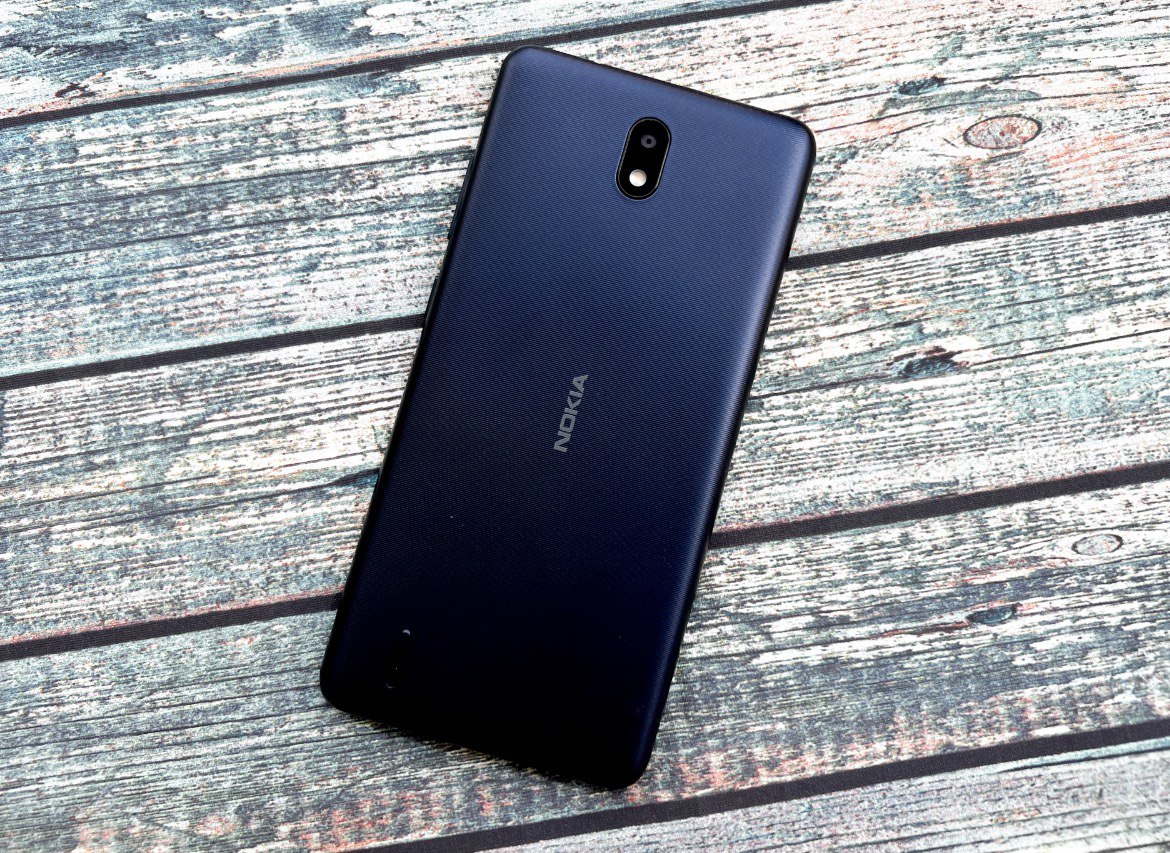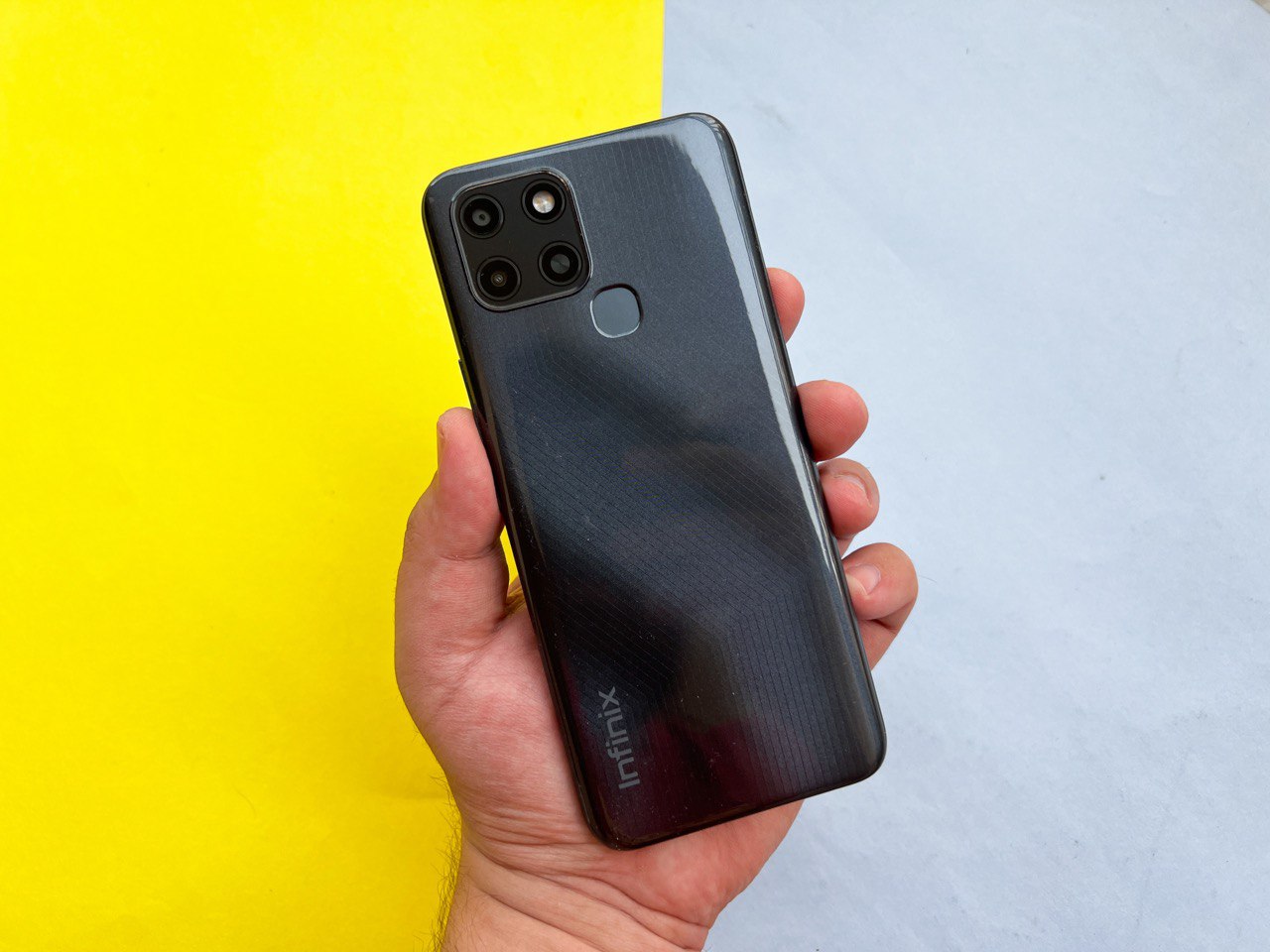 Until last year Asus Zenfone series smartphones were all about having decent specifications and a great camera at an affordable price tag. But this time with the launch of Zenfone 3, Asus decided to bump up the price tag and making the devices look more premium than ever before. We got the 5.5-inch Asus ZenFone 3 (ZE552KL) for review in Shimmer Gold. The smartphone will also be available in Moonlight White, Aqua Blue, and Sapphire Black. But is it good enough to break-free of its budget price bracket and compete against the heavyweights? Let’s find out!
Until last year Asus Zenfone series smartphones were all about having decent specifications and a great camera at an affordable price tag. But this time with the launch of Zenfone 3, Asus decided to bump up the price tag and making the devices look more premium than ever before. We got the 5.5-inch Asus ZenFone 3 (ZE552KL) for review in Shimmer Gold. The smartphone will also be available in Moonlight White, Aqua Blue, and Sapphire Black. But is it good enough to break-free of its budget price bracket and compete against the heavyweights? Let’s find out!
Build and Design
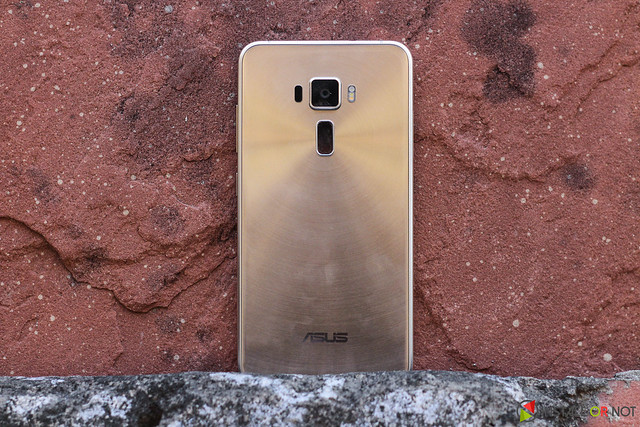 This time for a change the ZenFone 3 features an all-metal design, looks like Asus has finally given design much-needed afterthought. The signature concentric-circle pattern at the rear dubbed “Zen design” looks classy. The antenna bands run at the top and bottom parts of the metal frame, which is again well-rounded. The device is sandwiched between two layers of corning gorilla glass. It seems that Asus have found its sweet spot with the combination of metal and glass in what feels like a seamless design. Due to the use of glass on both the front and rear, the ZenFone 3 is hell slippery and we preferred using a case/skin for a better grip. Another downside of the glossy surface is that the back is a complete fingerprint magnet. Asus retains capacitive buttons below the screen area which we always prefer over on-screen buttons.
This time for a change the ZenFone 3 features an all-metal design, looks like Asus has finally given design much-needed afterthought. The signature concentric-circle pattern at the rear dubbed “Zen design” looks classy. The antenna bands run at the top and bottom parts of the metal frame, which is again well-rounded. The device is sandwiched between two layers of corning gorilla glass. It seems that Asus have found its sweet spot with the combination of metal and glass in what feels like a seamless design. Due to the use of glass on both the front and rear, the ZenFone 3 is hell slippery and we preferred using a case/skin for a better grip. Another downside of the glossy surface is that the back is a complete fingerprint magnet. Asus retains capacitive buttons below the screen area which we always prefer over on-screen buttons.
Software and UI
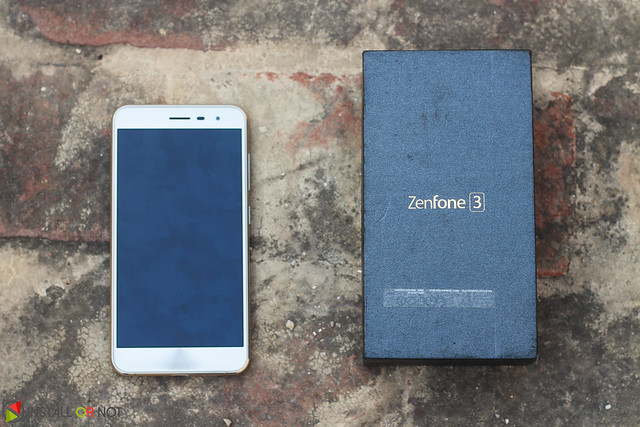 The Asus ZenFone 3 (ZE552KL) runs the company’s new ZenUI 3.0 which again proved to be Achilles heel for Asus smartphones. The phone still runs a very bloated version of Android. So the very first thing that you have to do when you get a ZenFone is open up your app drawer, tap the menu, and tap Uninstall. Then you can uninstall or disable any apps you don’t want with a single tap & confirm dialog. So let me list all the pre-installed apps: ASUS Game Center, AudioWizard (Equalizer), Calculator, Camera, Clock, Contacts, Do It Later (Todo List), File Manager, Flashlight, FM Radio, Gallery, Laser Ruler, MiniMovie, Mobile Manager, MyASUS, Phone, PhotoCollage, Quick Memo, Share Link (WiFi file transfer), Sound Recorder, Splendid (Screen calibration), System Update, Themes, Weather, ZenChat, ZenCircle, ZenFone Care, Some games like Need For Speed & The Sims and a few more. What will I ever need so many pre-installed apps, If I need an app I’ll download it.
The Asus ZenFone 3 (ZE552KL) runs the company’s new ZenUI 3.0 which again proved to be Achilles heel for Asus smartphones. The phone still runs a very bloated version of Android. So the very first thing that you have to do when you get a ZenFone is open up your app drawer, tap the menu, and tap Uninstall. Then you can uninstall or disable any apps you don’t want with a single tap & confirm dialog. So let me list all the pre-installed apps: ASUS Game Center, AudioWizard (Equalizer), Calculator, Camera, Clock, Contacts, Do It Later (Todo List), File Manager, Flashlight, FM Radio, Gallery, Laser Ruler, MiniMovie, Mobile Manager, MyASUS, Phone, PhotoCollage, Quick Memo, Share Link (WiFi file transfer), Sound Recorder, Splendid (Screen calibration), System Update, Themes, Weather, ZenChat, ZenCircle, ZenFone Care, Some games like Need For Speed & The Sims and a few more. What will I ever need so many pre-installed apps, If I need an app I’ll download it.
So let’s talk about what we loved about ZenUI 3.0:
- New wallpaper motion effects, and an all-new Theme Store from which users can download free as well as paid themes, wallpapers, icons, and ringtones.
- Multi-purposing of various buttons. Such as: Double tap home to enter one-hand mode, Long press the app switch button to take a screenshot, Double tap the fingerprint sensor to open the camera, Single tap to capture, Double tap the home screen to sleep / wake and Double-click either volume key to jump into the camera from sleep.
- ZenMotion Motion Gestures: For instance to silence a cellular call just town the device face down.
- Mobile Manager: Offers some useful services like a permissions manager, data usage tracker and a security manager all in one single place. It also has a “speed boost” app that supposedly clears your RAM.
- Game Genie: allows you to simultaneously record the screen, and also live stream to YouTube or Twitch.
Specs
5.5-inch FHD IPS+ LCD display | Octa-core Qualcomm Snapdragon 625 processor | Adreno 506 GPU | 4GB RAM | 64GB storage | 16MP rear camera + 8MP front | Li-Ion 3000 mAh battery | Android Marshmallow OS | Hybrid Dual SIM | USB Type-C
Performance
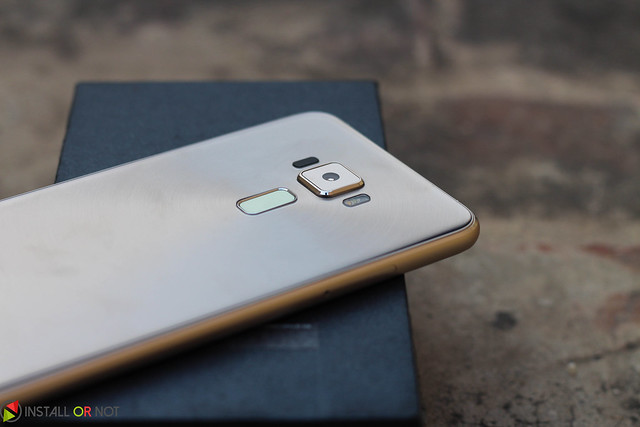 Asus Zenfone 3 powered by a 2GHz Octa-Core Snapdragon 625 shows Asus is taking a more balanced approach towards performance on the Zenfone 3. In terms of price the device directly competes against other heavyweights like the Oneplus 3 and obviously this device can’t match the performance of that device. But performance is not the USP of this device. Its mediocre and the only bottleneck being the ZenUI. With basic day to day usage you won’t even notice the difference at first but after few hours of runtime when the app cache starts to accumulate then that’s the point you will observe stutter in the UI. While playing some graphic intensive games like Need for Speed: No Limits and Asphalt8 we didn’t observe any performance issues and the device stayed cool.
Asus Zenfone 3 powered by a 2GHz Octa-Core Snapdragon 625 shows Asus is taking a more balanced approach towards performance on the Zenfone 3. In terms of price the device directly competes against other heavyweights like the Oneplus 3 and obviously this device can’t match the performance of that device. But performance is not the USP of this device. Its mediocre and the only bottleneck being the ZenUI. With basic day to day usage you won’t even notice the difference at first but after few hours of runtime when the app cache starts to accumulate then that’s the point you will observe stutter in the UI. While playing some graphic intensive games like Need for Speed: No Limits and Asphalt8 we didn’t observe any performance issues and the device stayed cool.
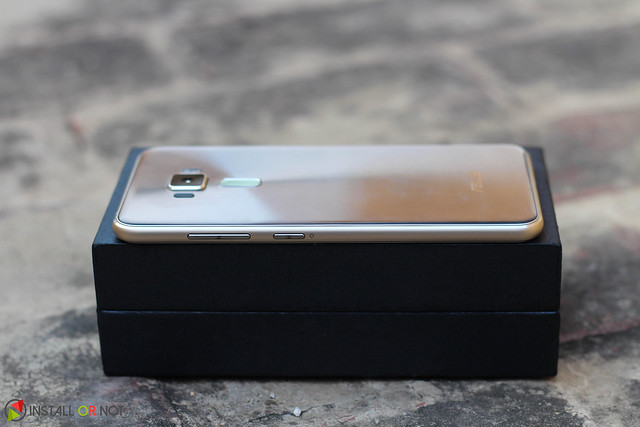
ASUS has made some huge strides since the original ZenFone and this time tough the ZenFone 3 (ZE552KL) packs a non-removable 3000mAh battery, which might not appear to be humongous. But, the Battery life is great. I’ll have no problem going all day, and I use my phone a lot. It took about 90 minutes to go from 5% to 94% charge.
Optics
The Zenfone 3 packs a 16MP rear camera which is paired up with a dual-tone LED Flash. The camera module features PDAF as well as Laser AF, f/2.0 aperture, 6P lens and 4 stop OIS. Clearly, the specs look good on paper and one might expect it delivers better performance than its competitor devices. The Zenfone 3 continues the camera quality benchmark set by the first and second generation Zenfones.
The pictures taken indoors with were excellent, with a great amount of detail and accuracy, thanks to the second-generation laser autofocus technology which comes into play. Low light shots aren’t too bad from the Zenfone 3’s camera but you’ll really want to stand still for that. But honestly, ZenFone 3 isn’t the best choice for low-light shots. Most of the shots that we took under low light conditions were grainy and had ample noise. But when it comes to pictures taken in bright daylight, the images turned out to pretty crisp with good amount of detail. The default camera app is fast and is rich in different camera modes. The only mode that we find useful is the manual mode. Manual focus, exposure, and shutter speed definitely allow for some better looking pics than the auto mode, although auto is OK for a quick point and shoot. In our testing though, we’ve stuck to the auto mode as that’s what most casual users will depend on.
What’s Good?
- Camera: The camera is the highlight of this device and captures some great looking shots.
- Battery: The battery life on the Zenfone 3 is great. With 3000mah battery it might not seem humongous, but that’s not the case. We easily got more than 3 hours of Screen-on-Time with heavy usage.
- Build Quality: The all-metal design design looks premium.
What’s Bad?
- The Bloatware: There are a lot of unnecessary apps installed on the device which tends to occupy most of the storage and also over time makes the device slow. The only good thing is that these can be uninstalled/disabled but these shouldn’t be there in first place.
- Price: Com’on at INR 27999, Asus already lost the game to Oneplus 3.
- The Glass Back: I agree glass backing looks good but it makes the device slippery. It is a fingerprint magnet. It can shatter, just like the front, and would be just as difficult to replace.
Our Verdict
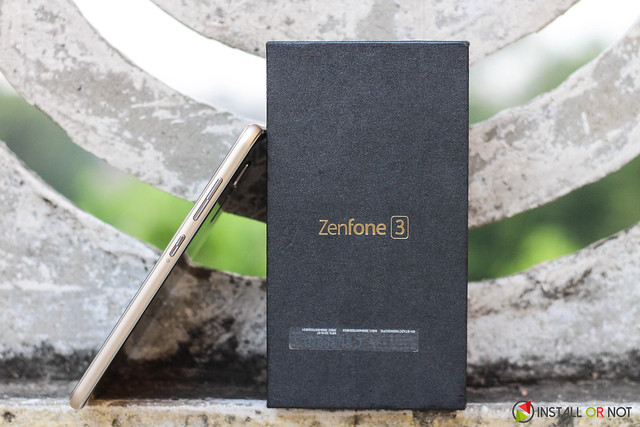 Overall, the ZenFone 3 is an excellent mid-range smartphone but decent specs, a nicer camera and great battery. But a handset that costs half that of the Zenfone 3 manages similar or even better performance. Priced at INR 27999 Asus already lost the battle to Onplus 3. The ZenFone 3 will have a tough fight ahead of it in the Indian market, but this phone scores a lot in terms of design and display quality. I would definitely recommend this phone to someone who is not a phone snob, but who would appreciate a quality phone at the right price.
Overall, the ZenFone 3 is an excellent mid-range smartphone but decent specs, a nicer camera and great battery. But a handset that costs half that of the Zenfone 3 manages similar or even better performance. Priced at INR 27999 Asus already lost the battle to Onplus 3. The ZenFone 3 will have a tough fight ahead of it in the Indian market, but this phone scores a lot in terms of design and display quality. I would definitely recommend this phone to someone who is not a phone snob, but who would appreciate a quality phone at the right price.
[easyreview title=”Install or Not Scorecard” cat1title=”Hardware” cat1detail=”” cat1rating=”3.0″ cat2title=”Performance” cat2detail=”” cat2rating=”3.5″ cat3title=”Design” cat3detail=”” cat3rating=”4.5″ cat4title=”Value for Money” cat4detail=”” cat4rating=”3.0″]

